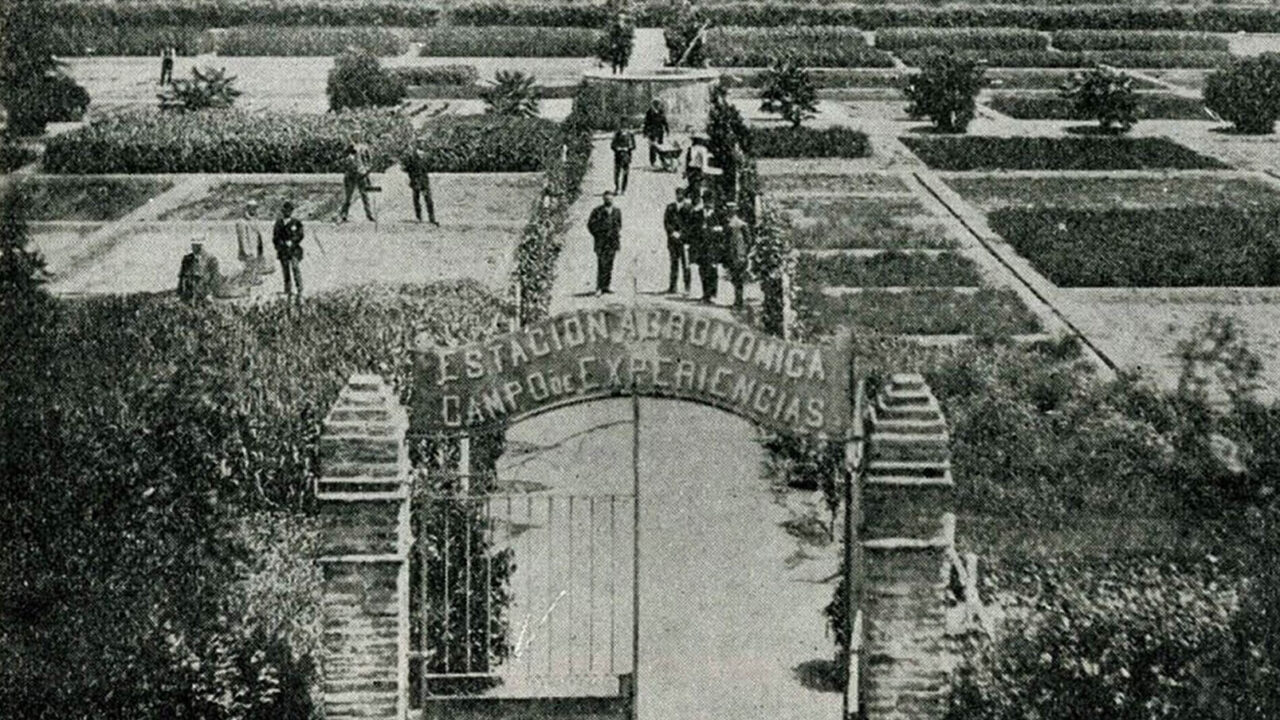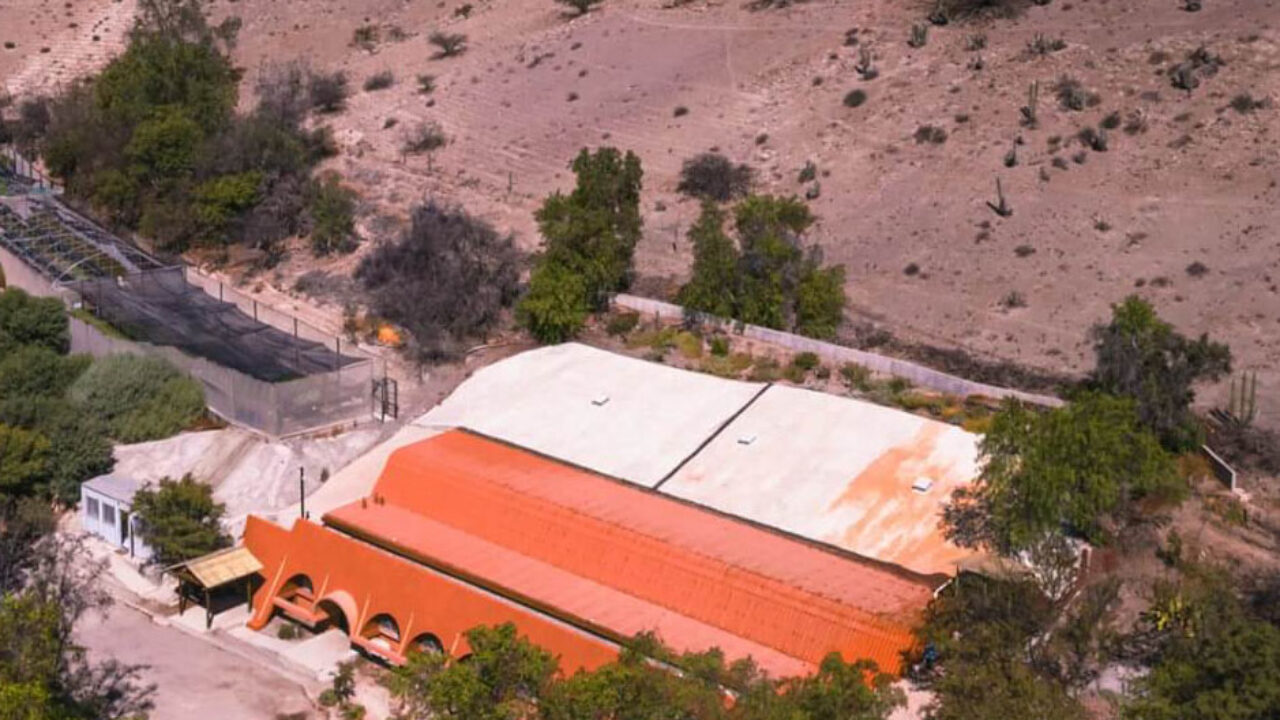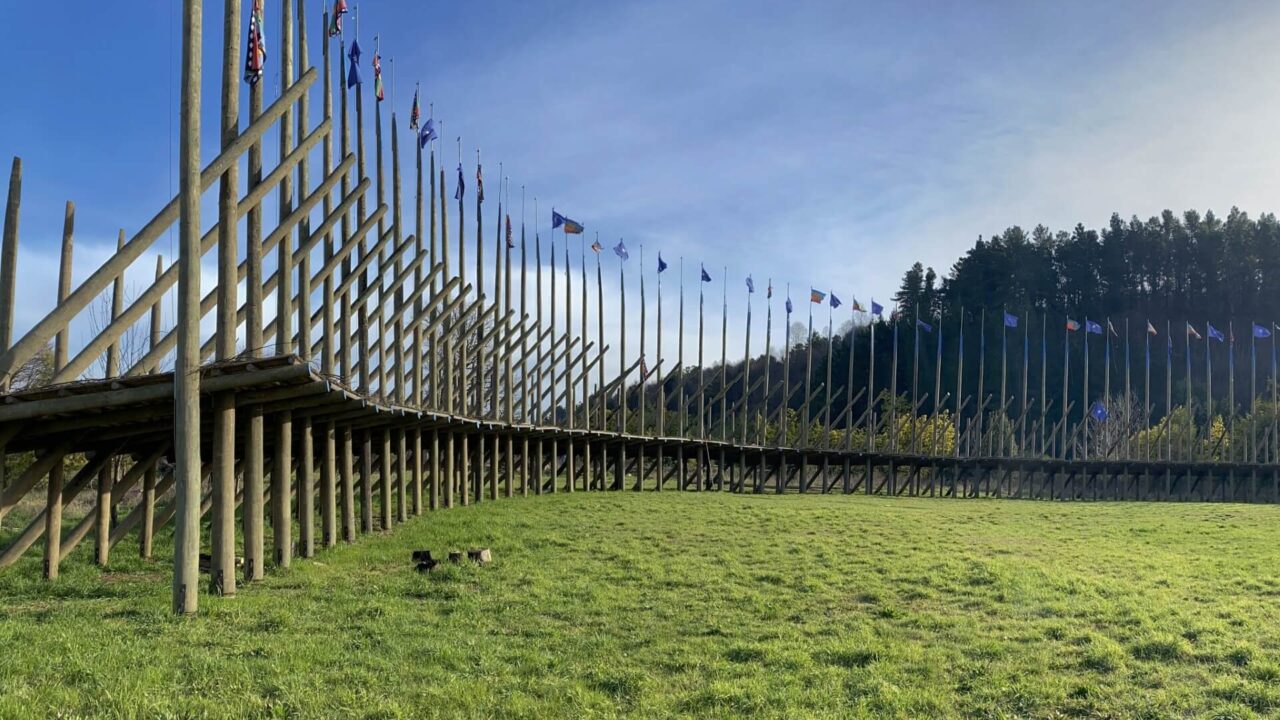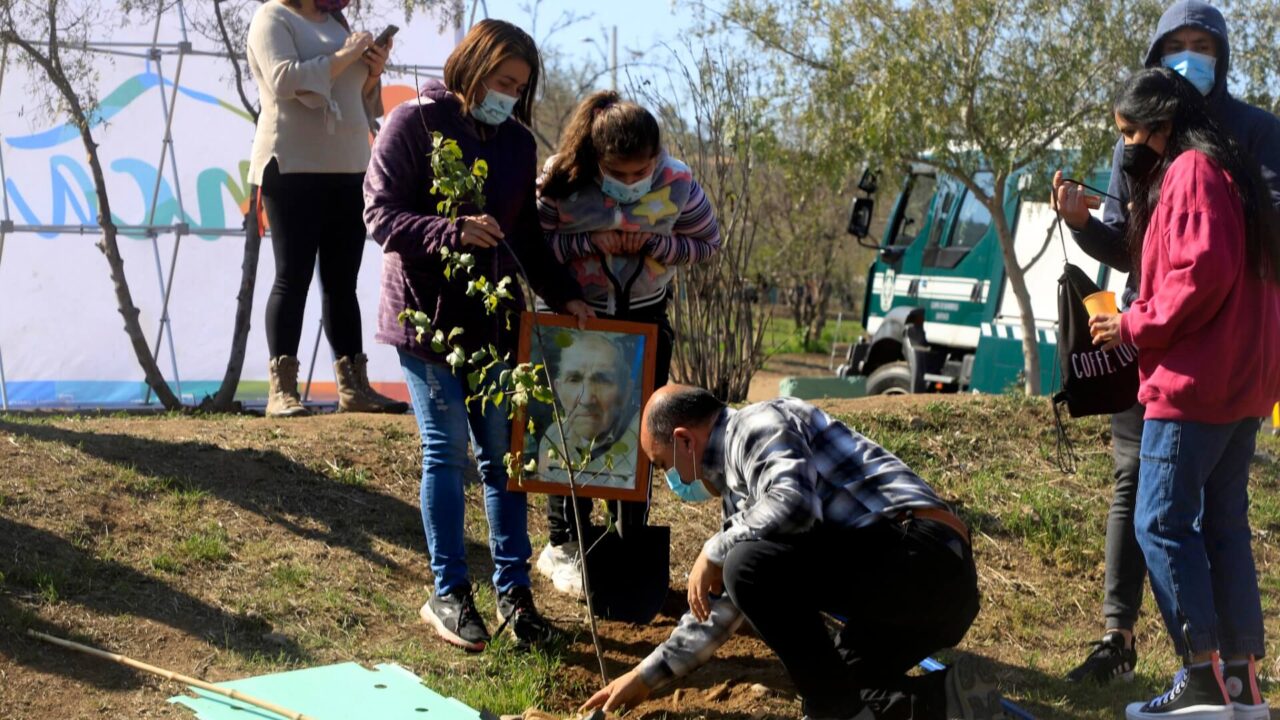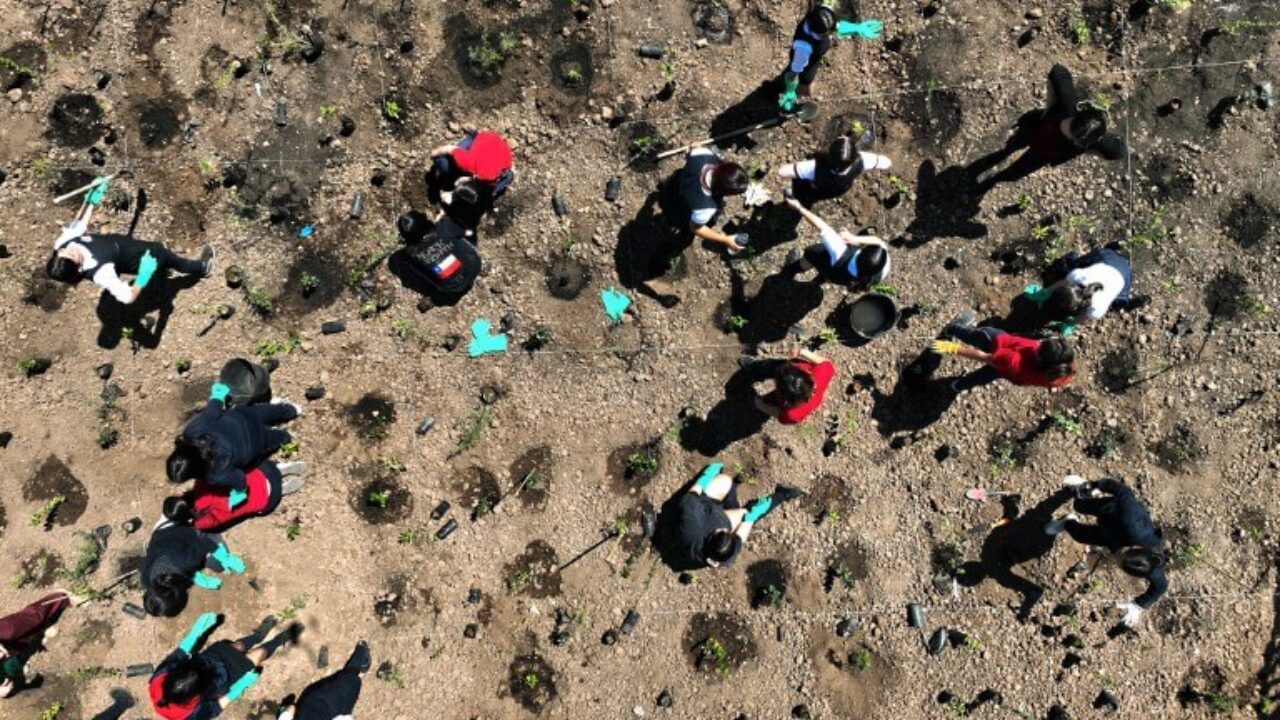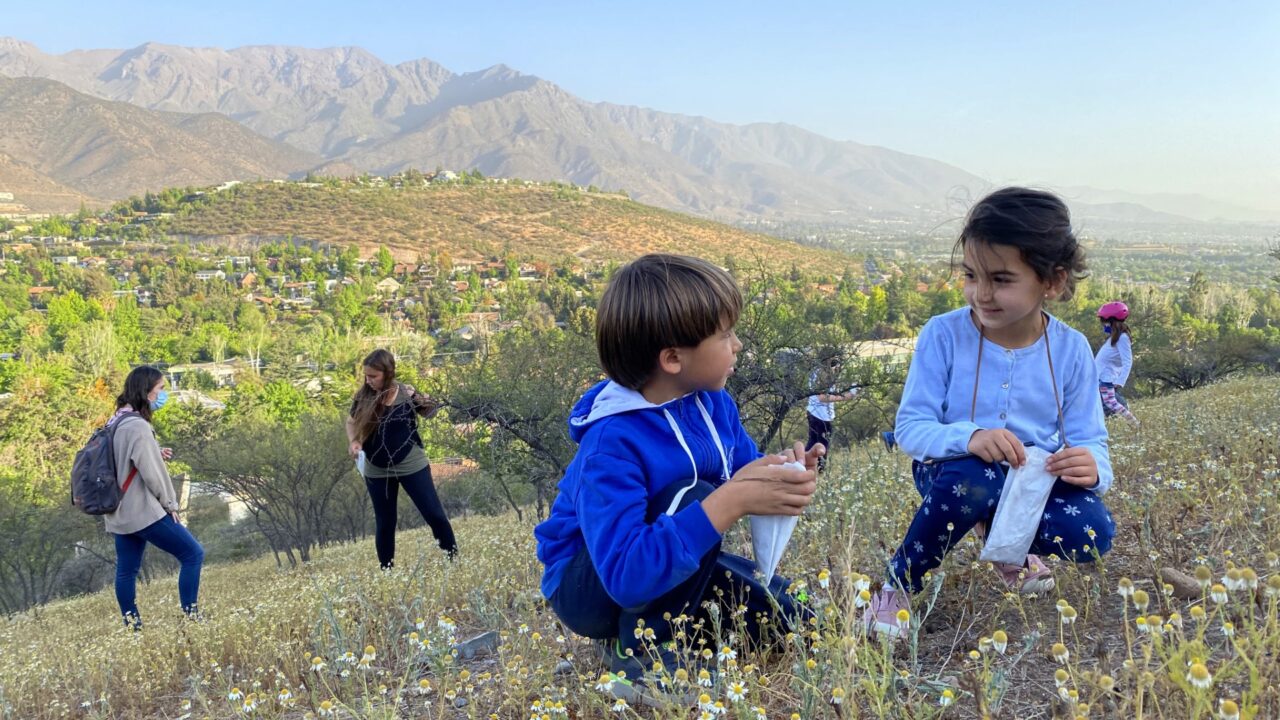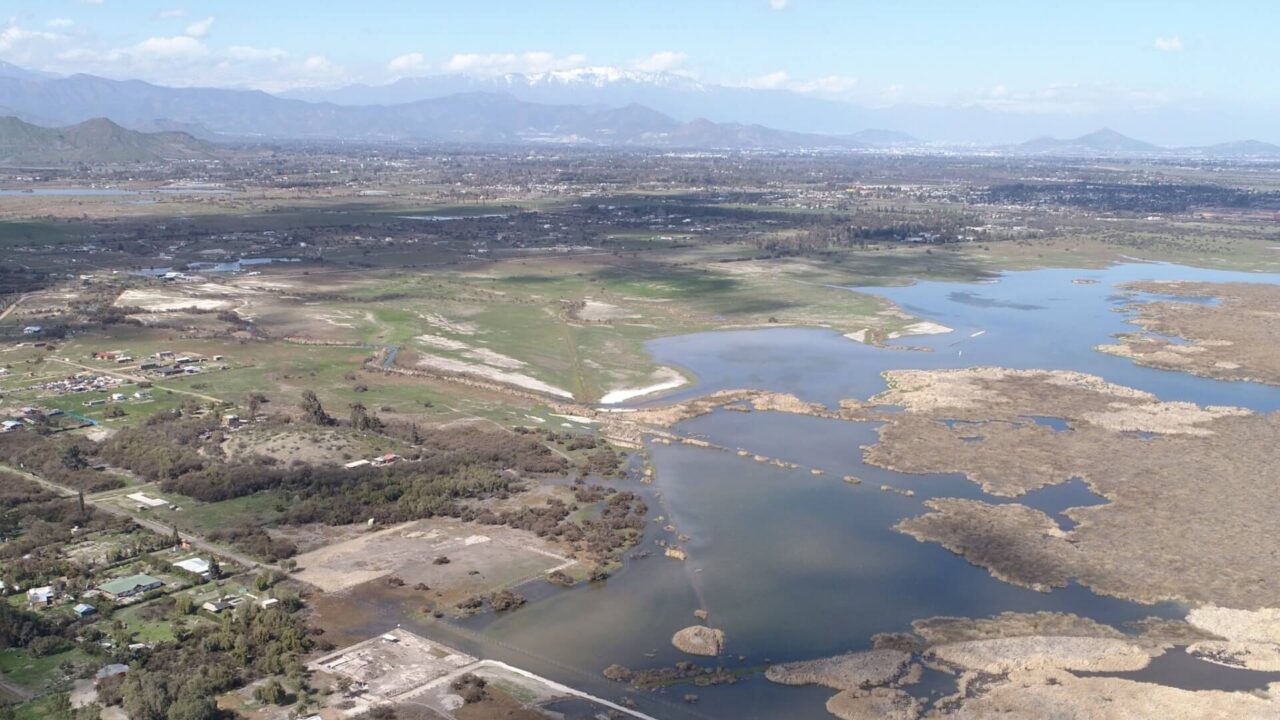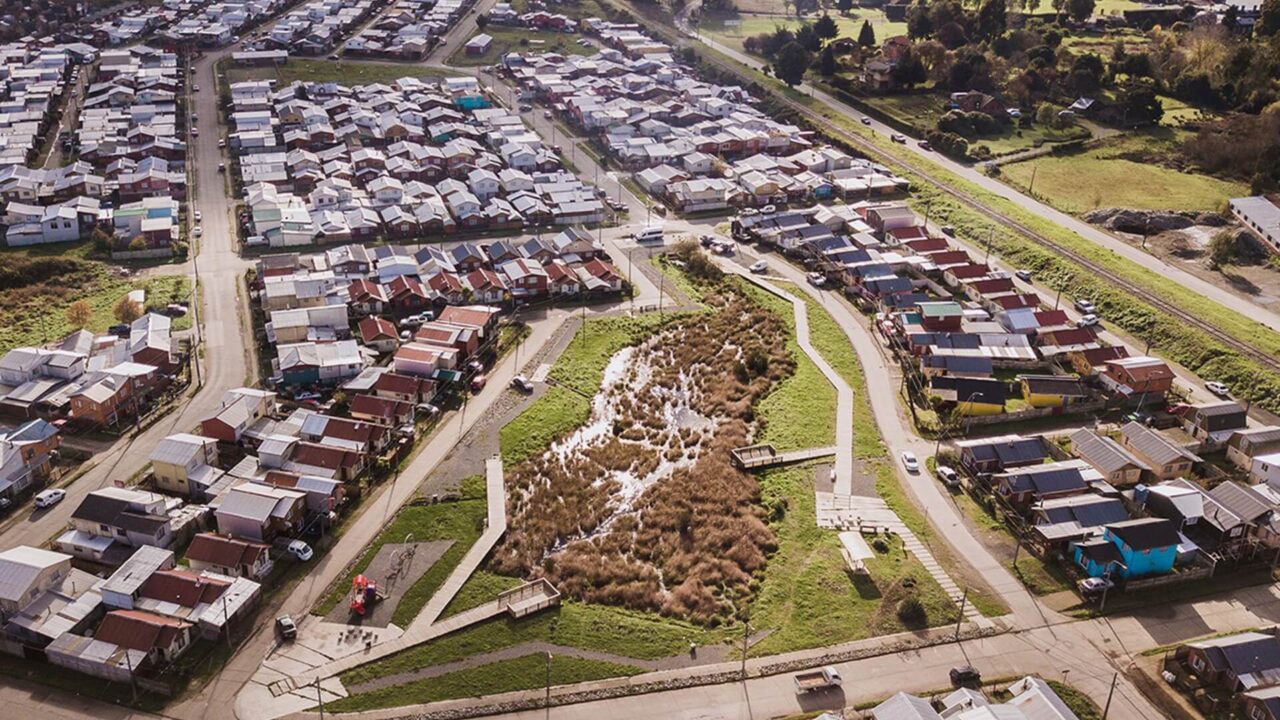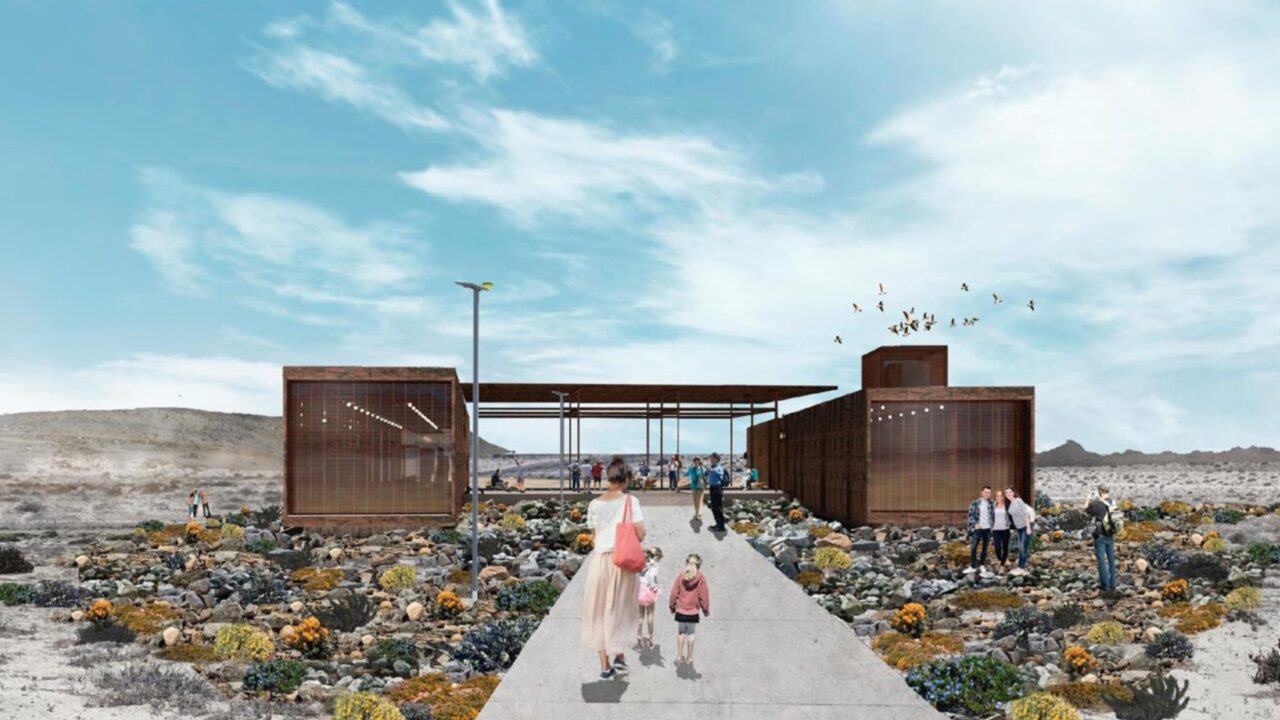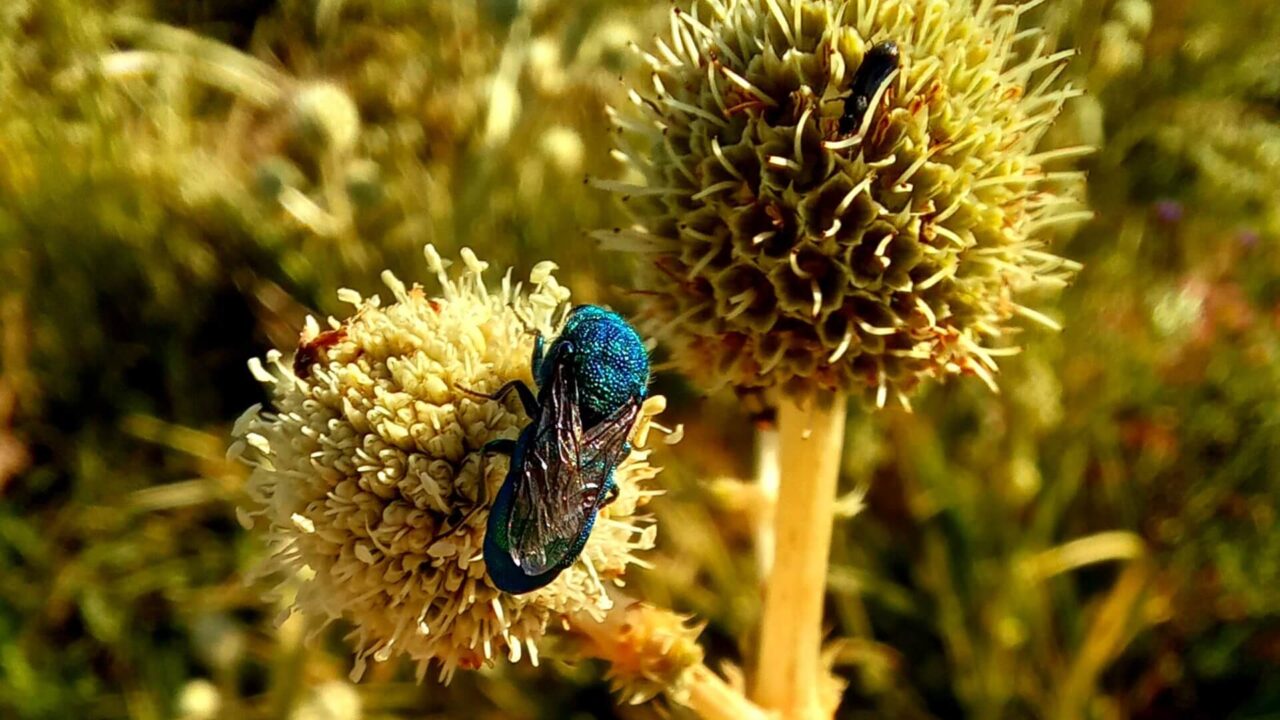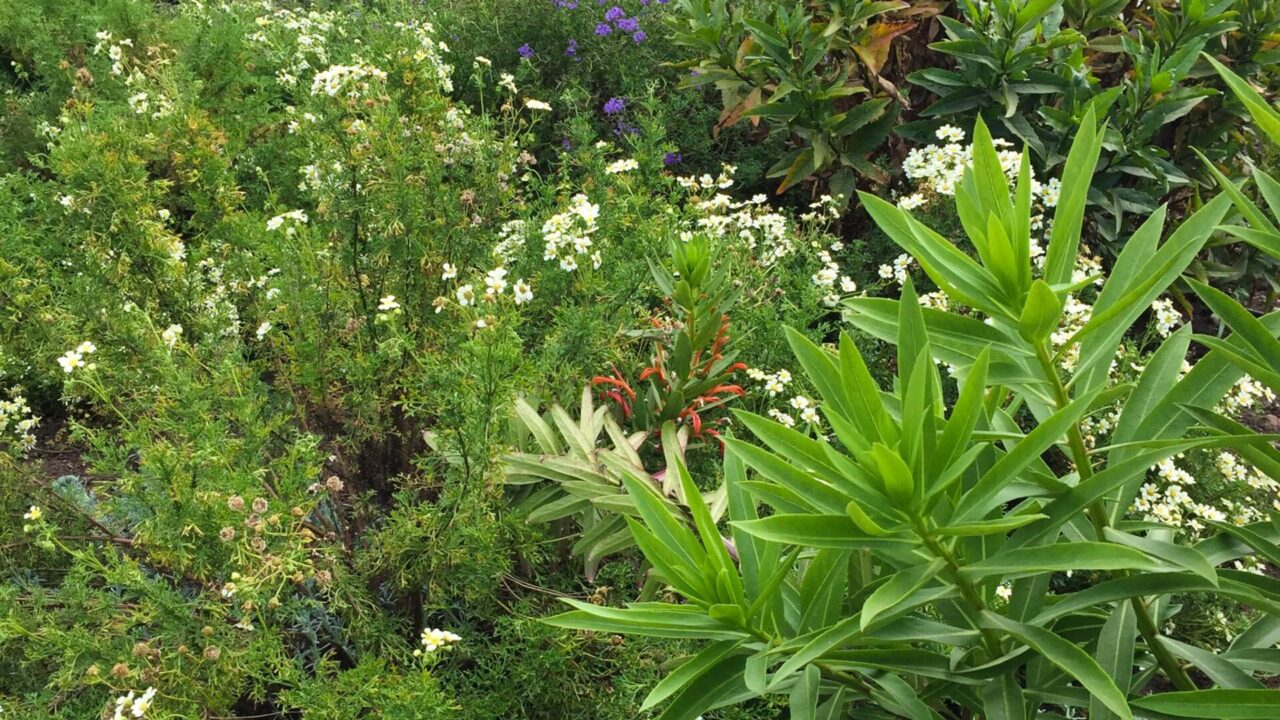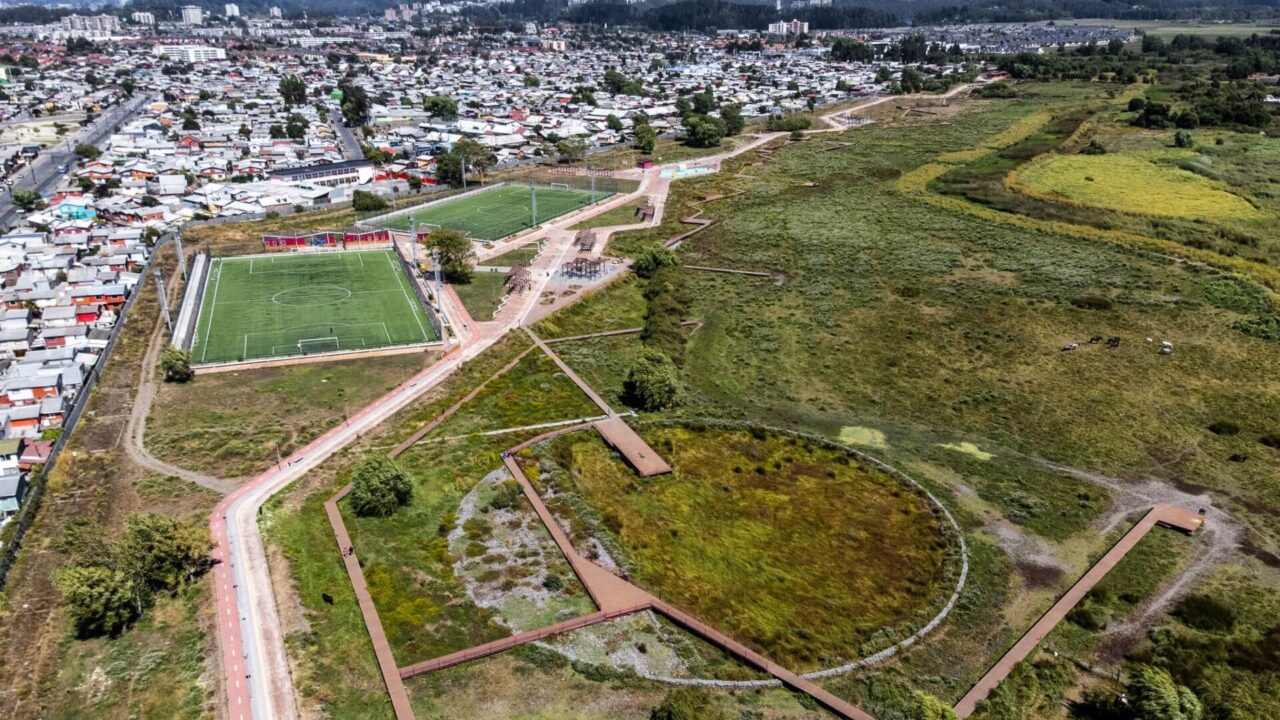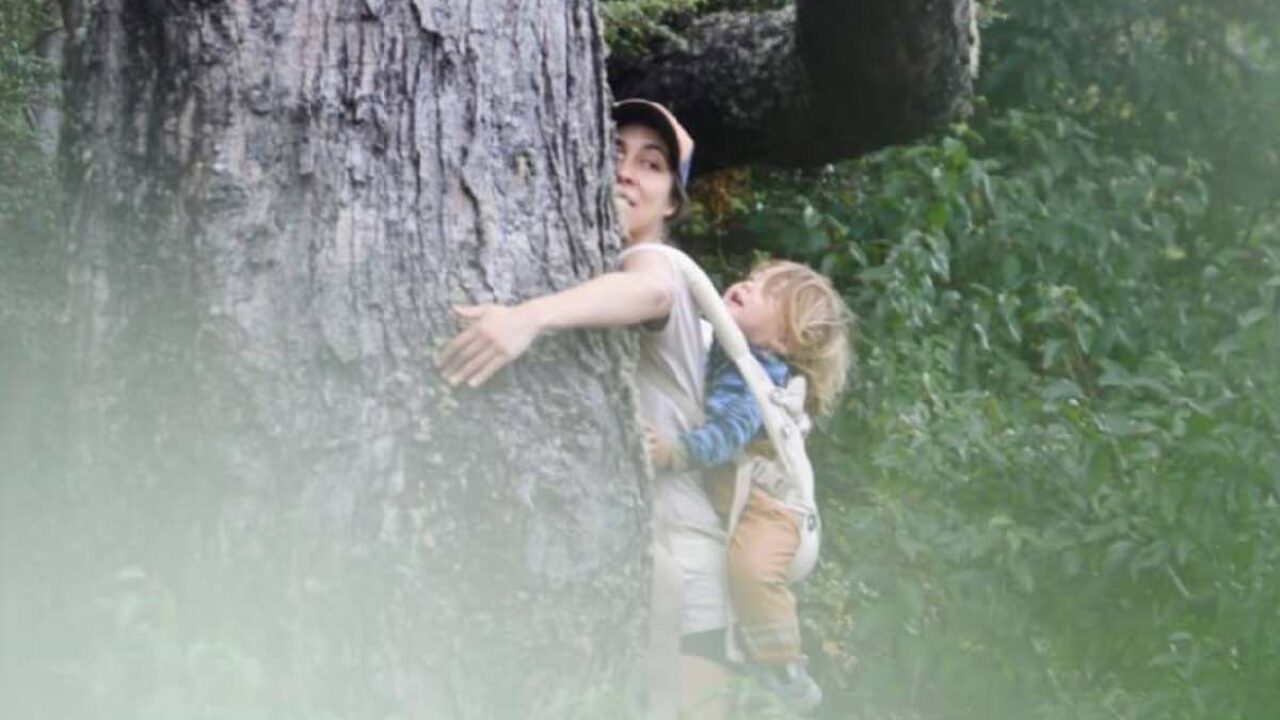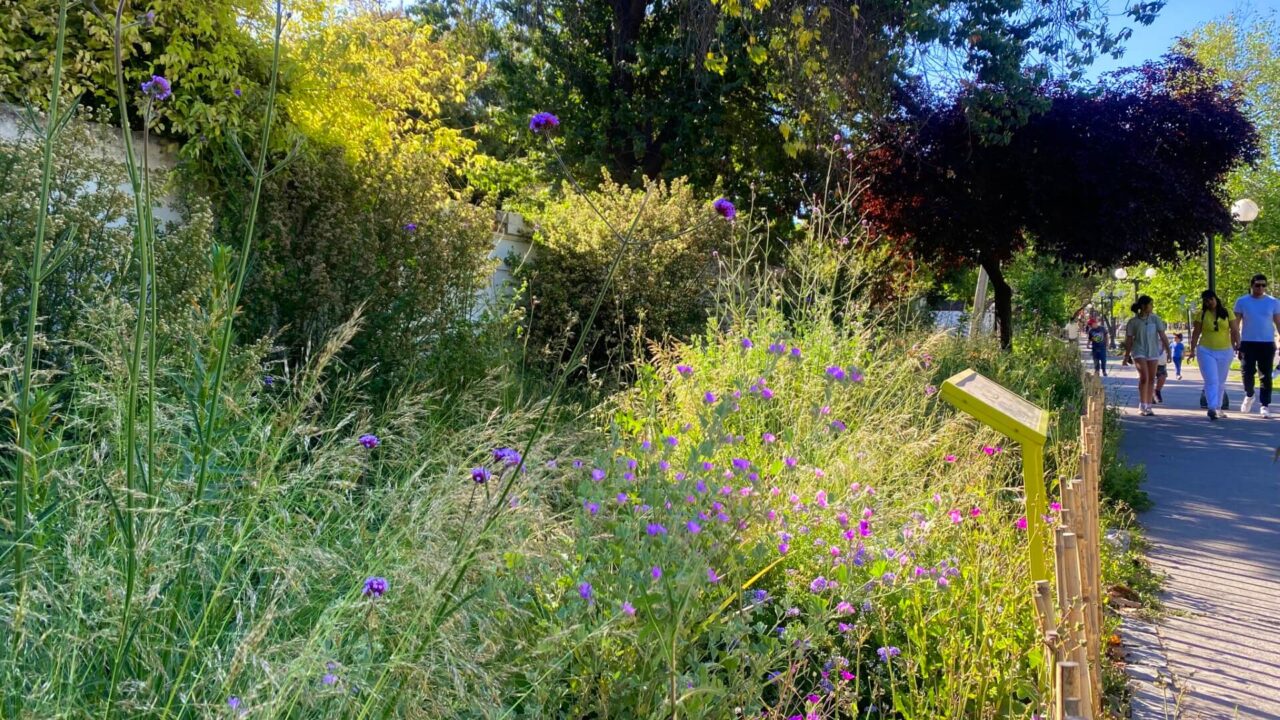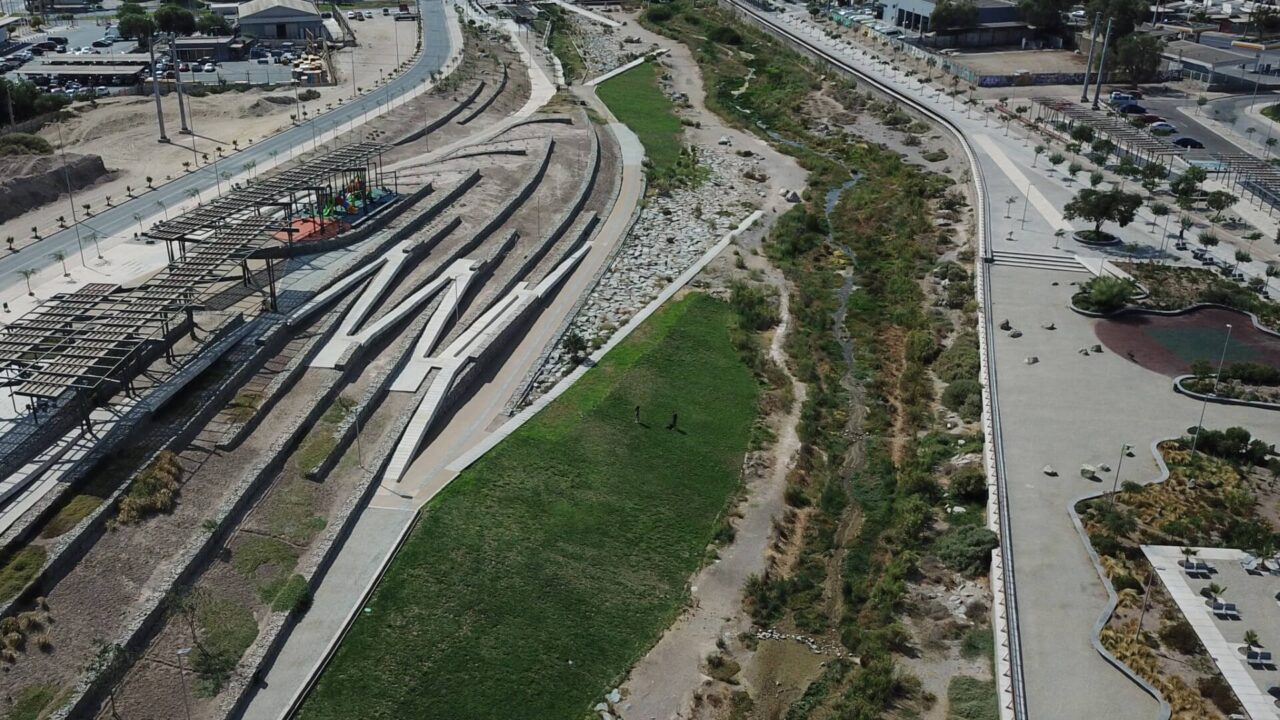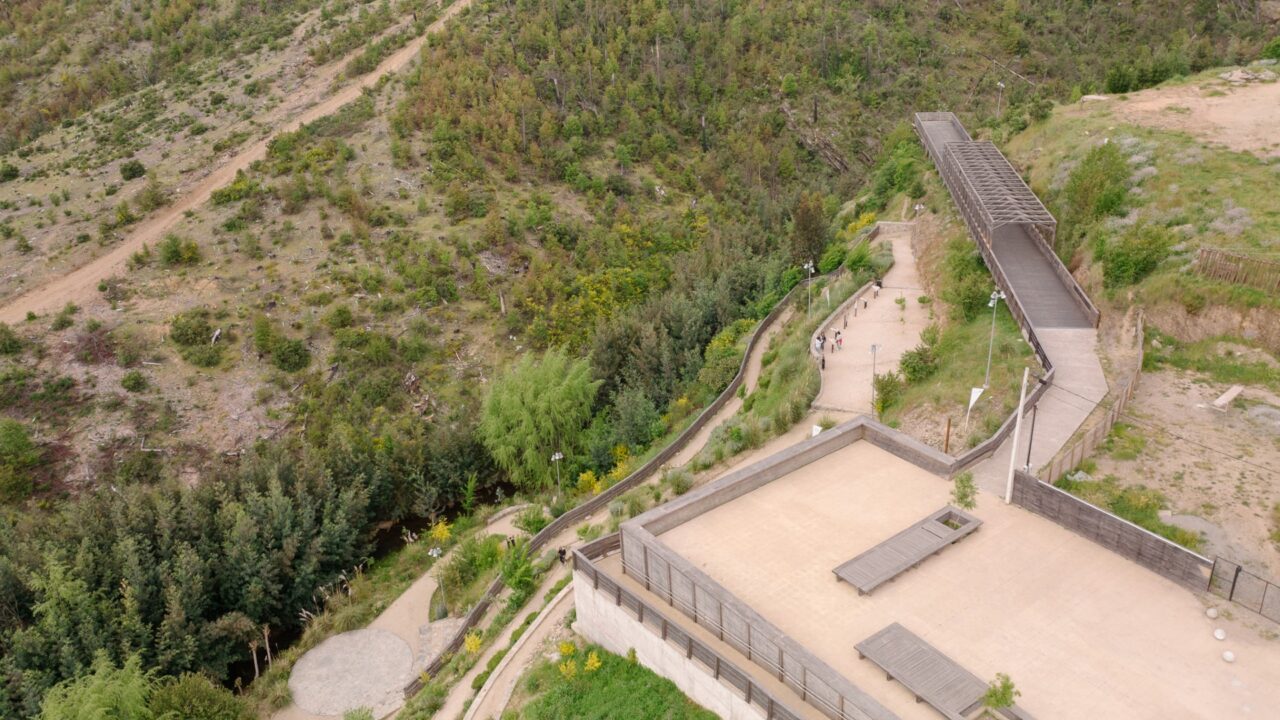Field of
contingencies
Accustomed to the short durations of work and construction, architecture finds it difficult
to find its place in the timeframes of ecological processes, which are characterized by their
long duration. It is only from this broad temporal perspective that the advances and
setbacks, radical alterations, and transformations to which ecological systems have been
subjected since modernity make sense, thus configuring true escape routes for Moving
Ecologies.
In an accelerated time, in which architecture appears as a fundamental agent of change to
initiate processes of care remediation, rehabilitation, and restoration of environments and
habitats of a country where extractive production models, growing urbanization, and the
effects of global climate change have modified territories, cities, and ecosystems.
It is in this Field of Contingencies where architecture, in collaboration with other species,
shapes new relationships of interdependence. These experiences have to face significant
challenges, such as the rehabilitation of ecosystems damaged by natural disasters,
anthropogenic fires, contaminated or degraded soils, as well as being able to créate urban
parks that promote well-being and quality of life.
From the species that traveled to Quinta Normal Park in Santiago de Chile in the 19th
century as a way of imagining a productivist and conservationist future. To the powerful
and incredibly important, yet almost invisible role of the seed keepers, working silently in
their territories, cultivating and sharing the seeds of their ancestors and their amazing
adaptations. Including a corner in Vicuña where species are relocated to become part of a
seed bank collection that harbors the possibilities of humanity´s future based on the
adaptative capacities that Chilean endemic species have achieved over millions of years. To
different places where architects, biologists, engineers, and landscape professionals, using
seed collected by independent groups and communities, test new forms of association
between our built habitats and natural ecosystems, thus creating the new assemblages
between human and non-humans necessary for life to emerge from the ruins of capitalims.
